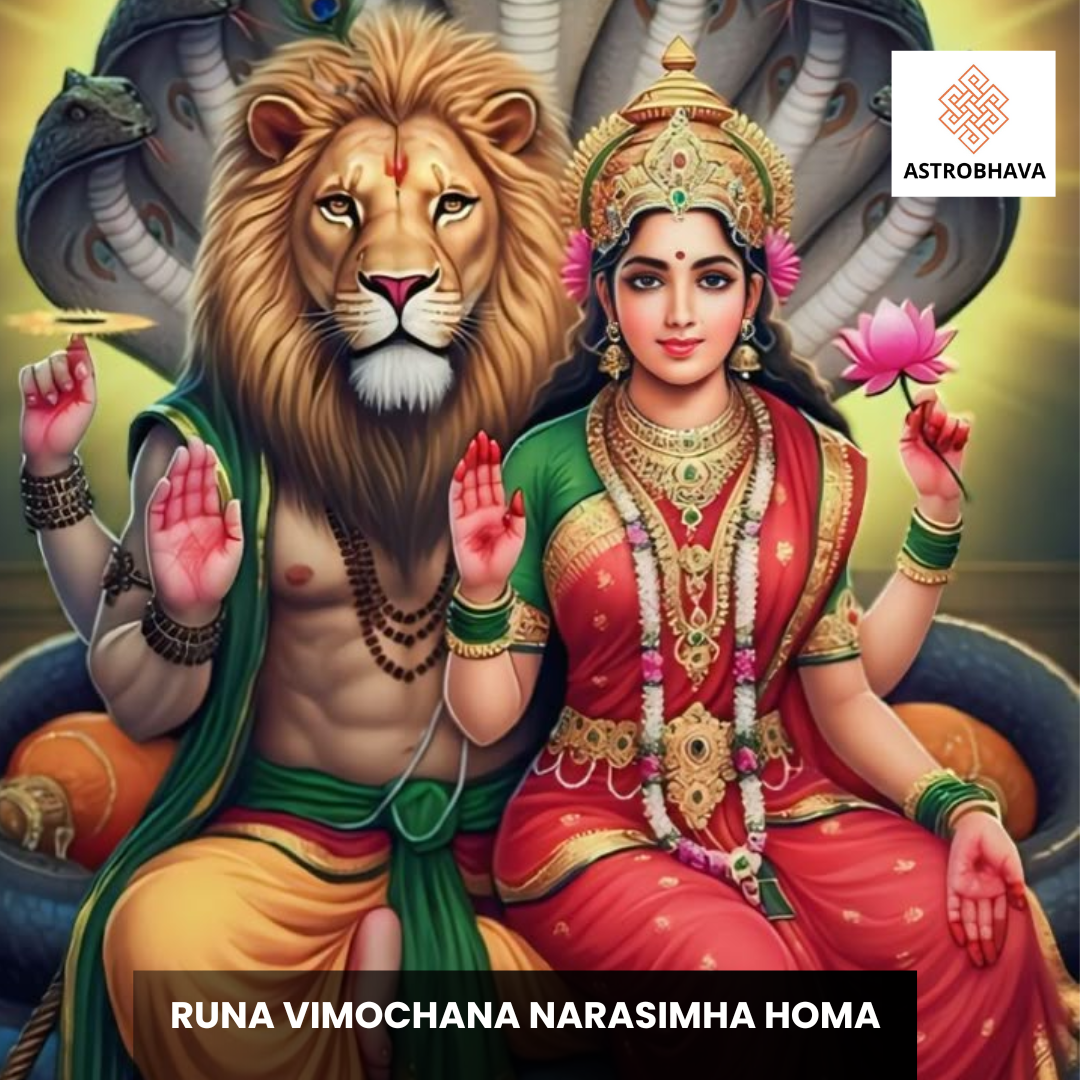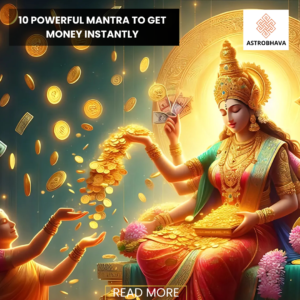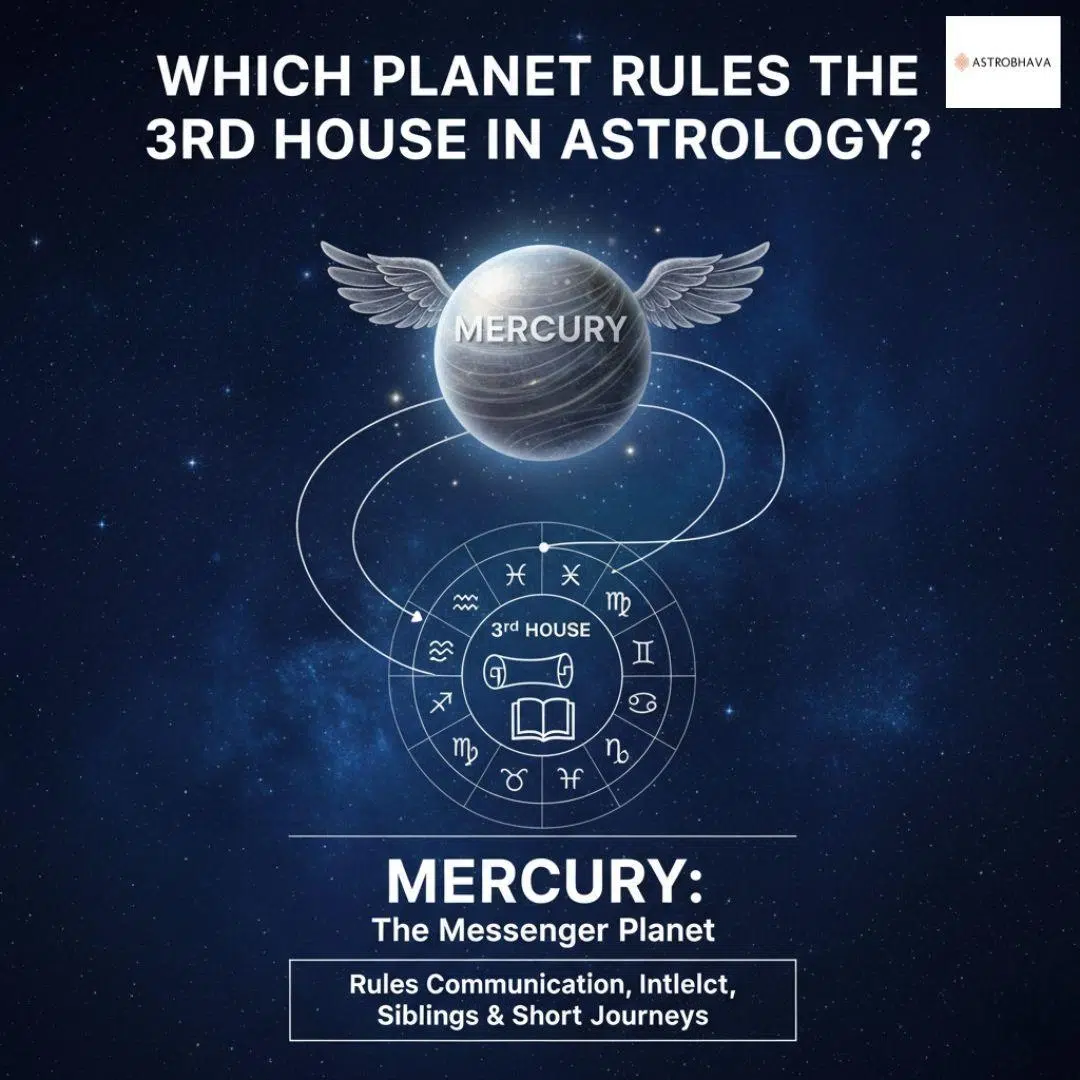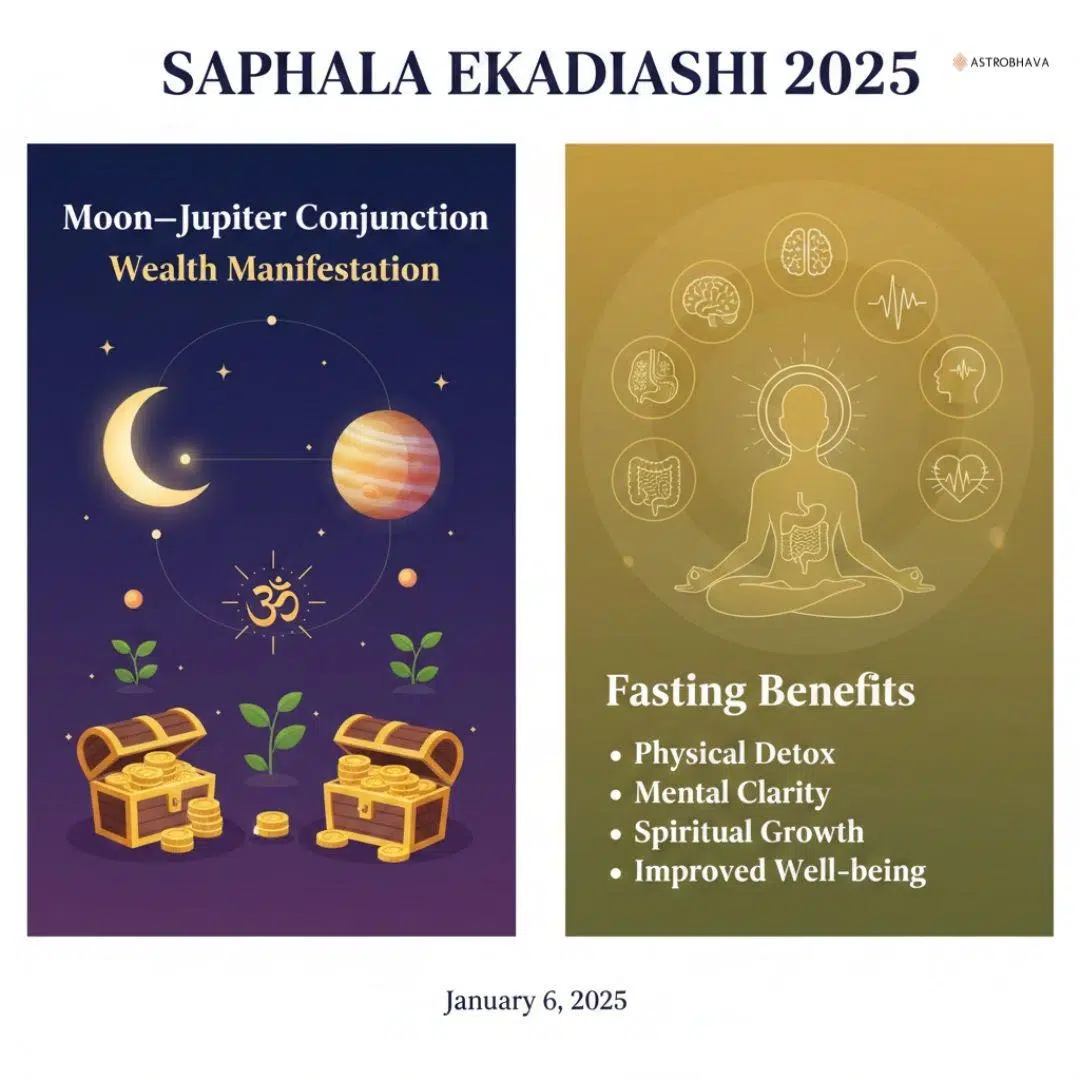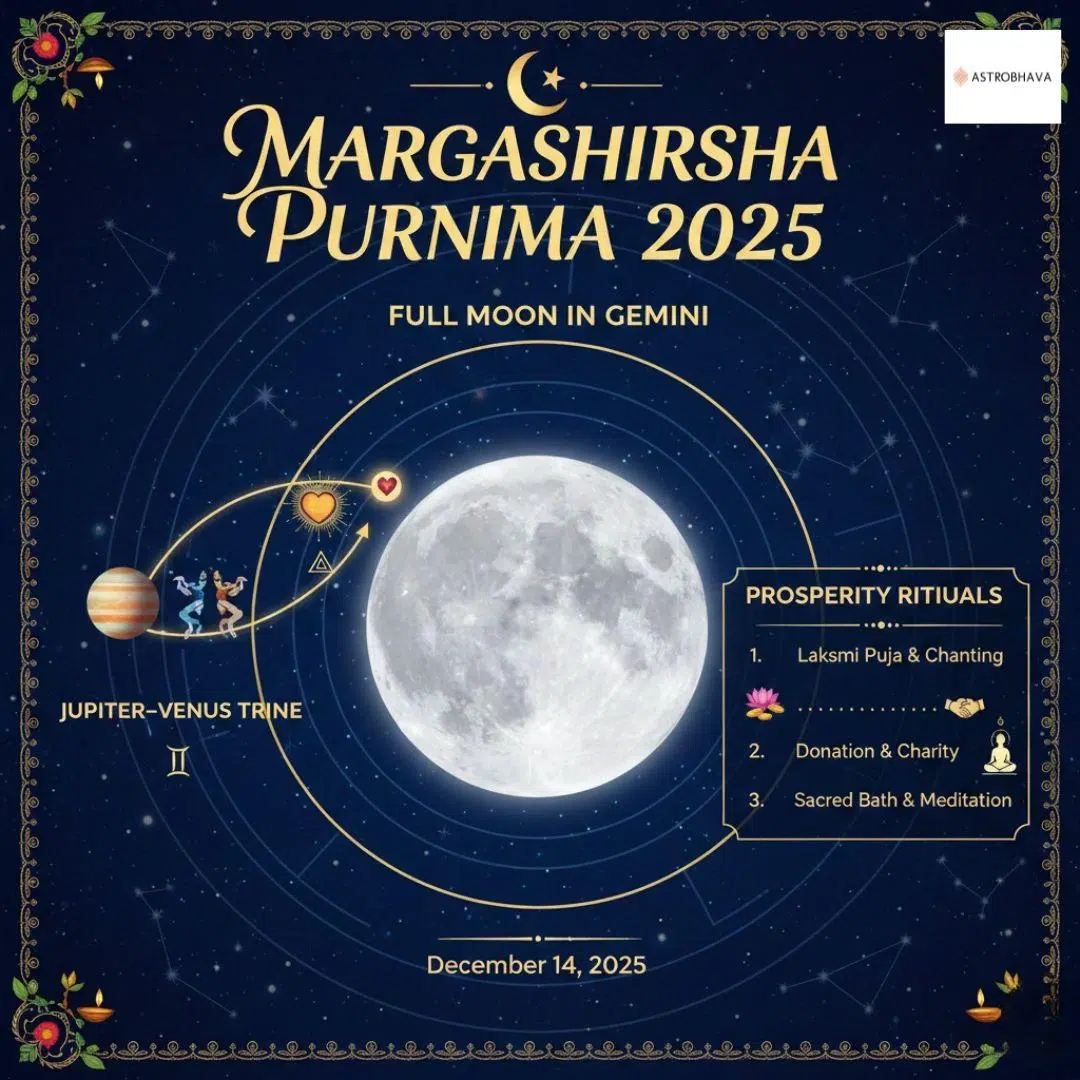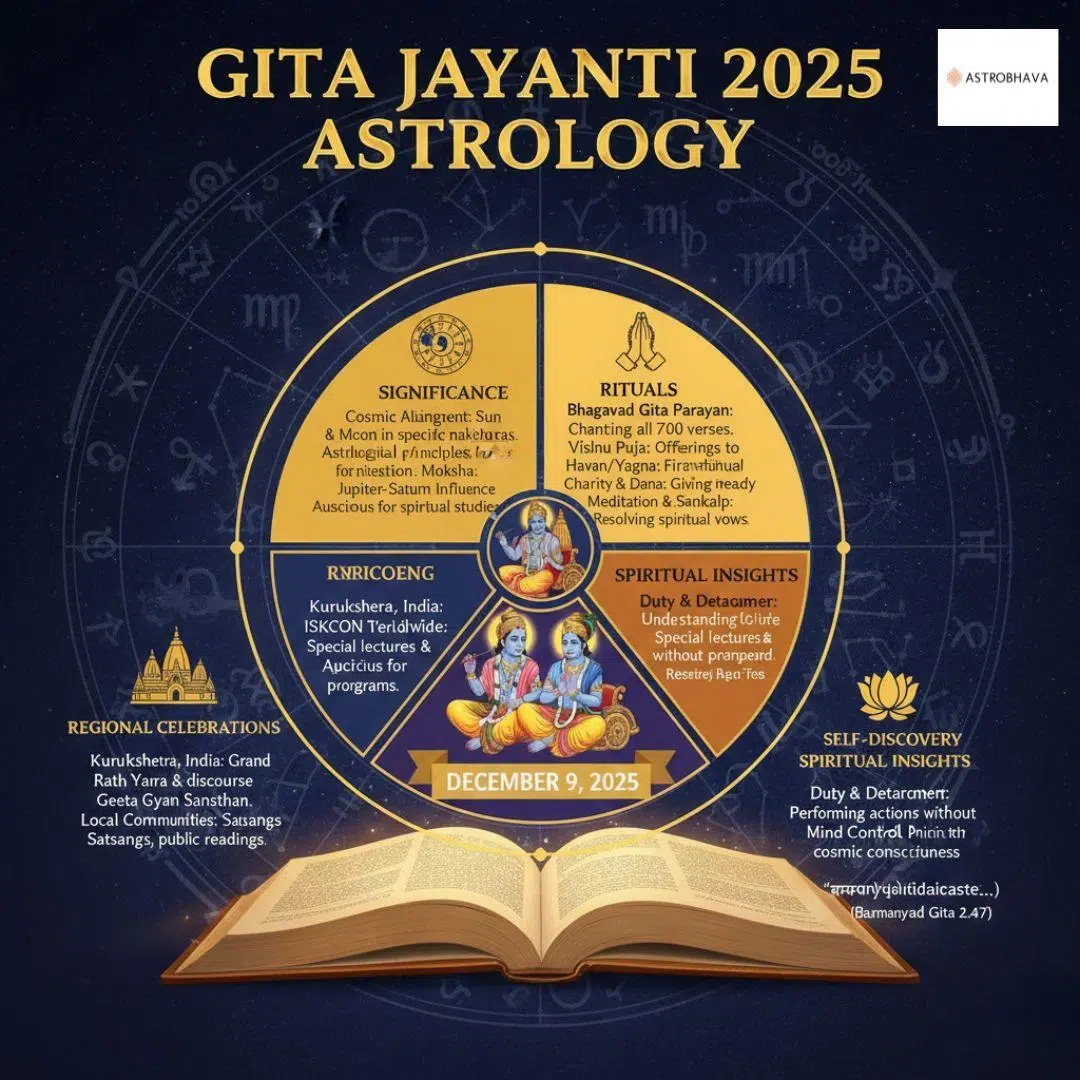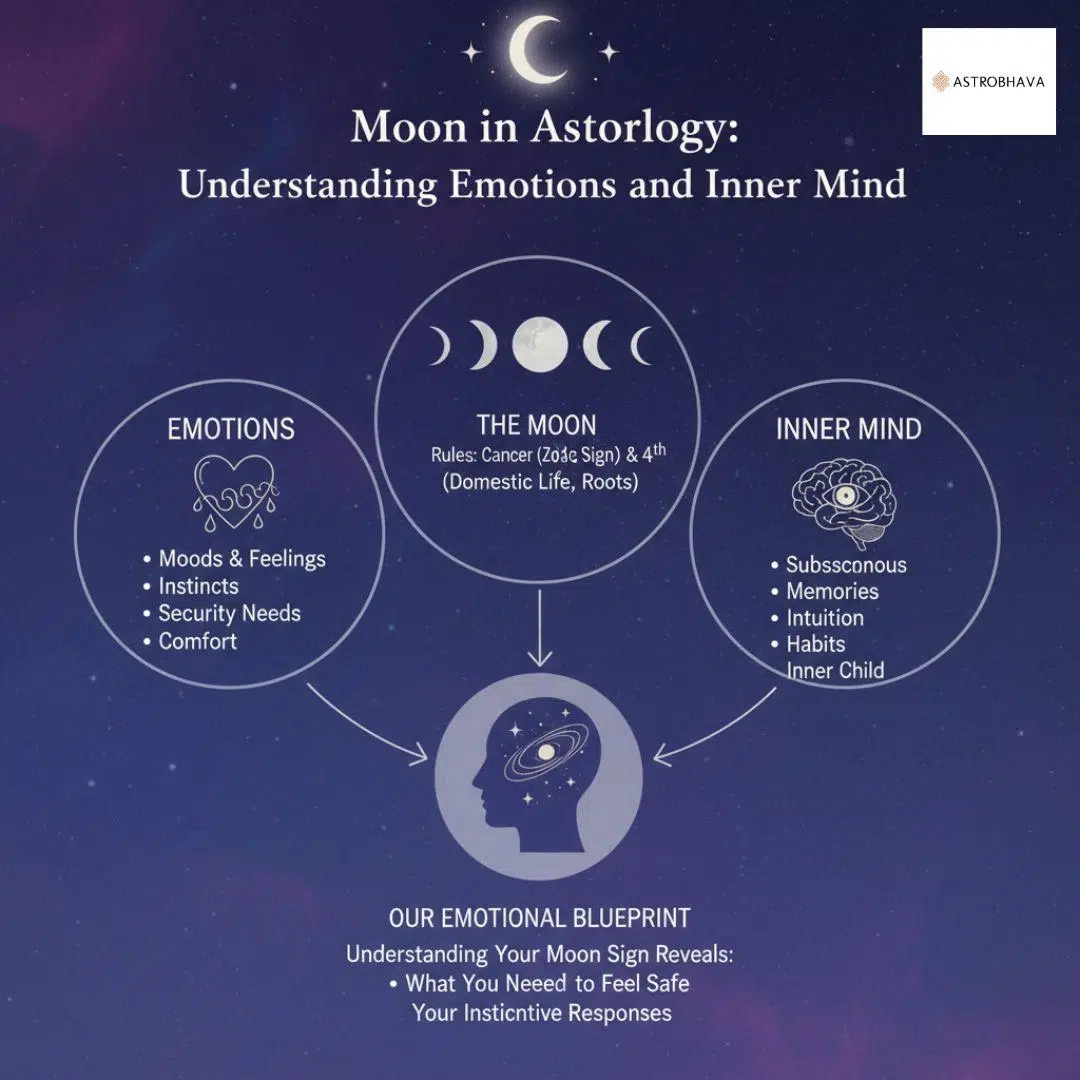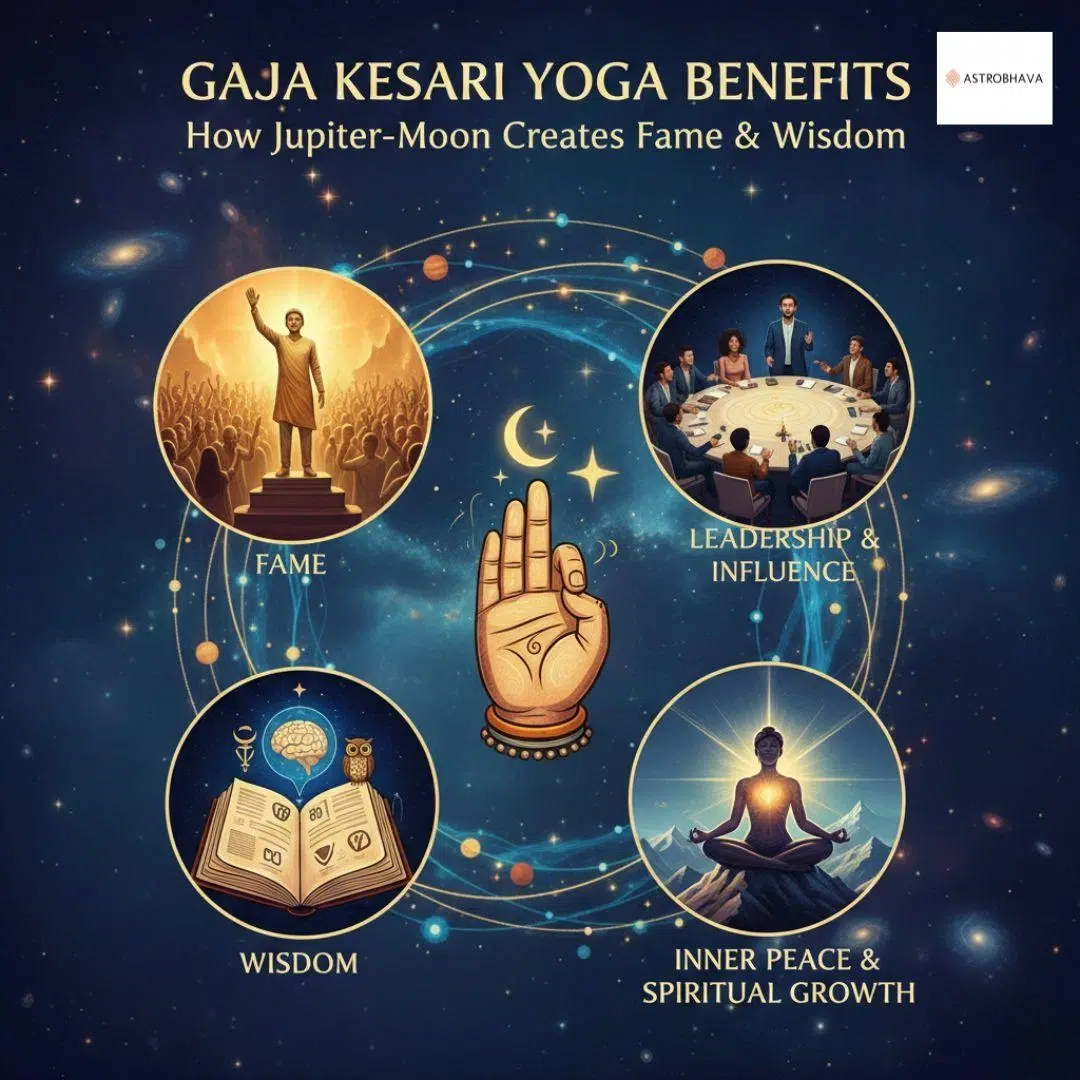Runa Vimochana Narasimha Stotram: A Powerful Prayer for debt
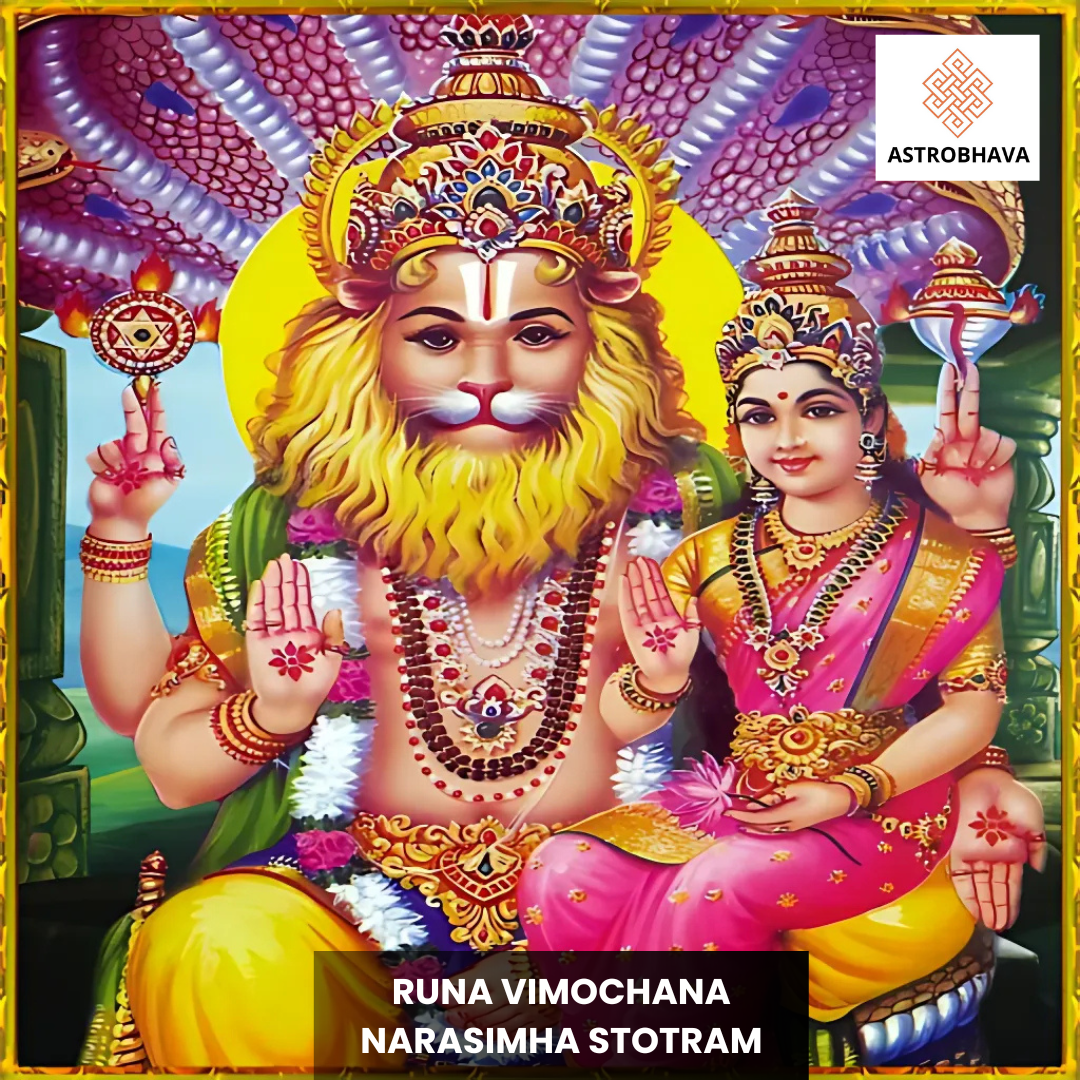
Introduction
For centuries, ancient Vedic scriptures have preserved a treasury of hymns and stotras that hold the secrets to spiritual liberation and divine blessings. Among these, the Runa Vimochana Narasimha Strotam stands out as a potent prayer dedicated to Lord Narasimha—an avatar of Lord Vishnu renowned for his fierce protection and the power to free devotees from the burdens of worldly debts and karmic influences.
The term “Runa Vimochana” itself is rich in meaning: “Runa” represents debts or obligations, and “Vimochana” signifies liberation or release. In this context, the hymn is believed to dissolve both material and spiritual encumbrances, offering a pathway to inner freedom and protection. Whether you seek to overcome obstacles, gain divine strength, or reconnect with ancient wisdom, this strotam invites you to embark on a journey of self-transformation and spiritual renewal.
Understanding Runa Vimochana Narasimha Stotram
The Runa Vimochana Narasimha Stotram is more than just a collection of verses; it is a dynamic spiritual tool that bridges the realms of myth, ritual, and personal transformation. By invoking the fierce yet compassionate aspects of Lord Narasimha, this hymn provides solace in times of distress and emboldens devotees to face life’s challenges head-on.
Key Themes Explored in the Strotam
- Liberation from Debts: The hymn’s primary focus is on “runa” (debts) and “vimochana” (liberation), symbolizing the removal of both material obligations and deeper, karmic ties that weigh down the soul.
- Divine Protection: Lord Narasimha is revered as the embodiment of divine intervention. The strotam calls upon his strength to protect and guide devotees, ensuring that they remain safe from negative influences.
- Transformation and Renewal: The recitation of the Runa Vimochana Narasimha Stotram is believed to lead to inner transformation, cleansing the mind and soul of accumulated negativities and paving the way for a life of clarity and purpose.
- Integration of Mind and Spirit: Each verse in the hymn encourages the devotee to align their inner thoughts with the cosmic energies, promoting a harmonious balance between material existence and spiritual aspiration.
“Struggling with unknown fears, negativity, or sudden obstacles in life? Invite divine protection and courage into your home—get your Energised Narasimha Yantra today!”
Historical and Cultural Context
Ancient Origins and Transmission
The origins of the Runa Vimochana Narasimha Stotram are steeped in the rich tapestry of Vedic literature. Passed down through generations, this hymn has been preserved through rigorous oral traditions and later documented in ancient texts. It forms part of the broader corpus of Vedic hymns that not only serve as prayers but also as repositories of ancient wisdom and cosmic principles.
Integration in Rituals and Worship
In traditional Hindu households and temples, the recitation of this Runa Vimochana Narasimha Stotram is a common practice during major festivals and daily rituals. The hymn is often chanted during:
- Morning and Evening Aartis: To set a sacred tone for the day and to wind down with divine reflections.
- Special Pujas and Yajnas: As an invocation for protection and to seek blessings for new ventures or during times of crisis.
- Personal Meditation: Many devotees integrate the recitation into their daily meditation routines to maintain spiritual focus and invite divine grace.
The Role of Oral Tradition
Oral transmission has played a crucial role in keeping the legacy of this Runa Vimochana Narasimha Stotram alive. Scholars and devotees alike have emphasized the importance of correct pronunciation, intonation, and the meditative quality of chanting, which are all believed to enhance the hymn’s efficacy. The rhythmic structure of the Runa Vimochana Narasimha Stotram not only aids in memorization but also in achieving a meditative state that aligns the practitioner with higher cosmic vibrations.
“Are financial debts and burdens weighing you down? Perform the sacred Runa Vimochana Narasimha Homa to break free from karmic loans and invite abundance.”
The Divine Attributes of Lord Narasimha
Who is Lord Narasimha?
Lord Narasimha, the half-man and half-lion incarnation of Lord Vishnu, is one of the most revered deities in Hindu mythology. His unique form embodies both human intelligence and animal strength, symbolizing the perfect balance of wisdom and power. The story of Narasimha’s appearance is a profound narrative of divine intervention, where he emerged to protect his devotee Prahlada and to vanquish the evil demon Hiranyakashipu.
“Feel stuck due to persistent bad luck, health issues, or spiritual blockages? Book a powerful Narasimha Puja to destroy inner demons and restore harmony in your life.”
Attributes that Make Narasimha a Symbol of Liberation
- Fierce Protection: Known for his fearsome visage and unmatched strength, Narasimha is seen as the ultimate protector against evil. Devotees believe that invoking his name or reciting his Runa Vimochana Narasimha Stotram can dispel negative energies and ward off adversities.
- Compassionate Savior: Despite his intimidating appearance, Narasimha’s actions are driven by compassion and the desire to protect his devotees. His intervention is seen as a manifestation of divine love, ensuring that righteousness prevails.
- Symbol of Balance: Narasimha’s form is a potent reminder that true strength must be tempered with wisdom and compassion. This balance is essential for overcoming life’s challenges and achieving spiritual liberation.
Mythological Narratives and Symbolism
The legends surrounding Lord Narasimha are replete with symbolism:
- The Vanquishing of Evil: His battle with Hiranyakashipu is not just a tale of physical combat, but a metaphor for the struggle between good and evil within every individual.
- The Roar of Liberation: The roar of Narasimha is said to signify the breaking of bonds—liberating the devotee from the shackles of karma and worldly attachments.
- Dual Nature: The combination of man and lion in his form represents the convergence of intellect and primal energy, urging devotees to harness both for their spiritual progress.
Runa Vimochana Narasimha Stotram in English
Dhyanam
Vagisa Yasya vadane lakshmiryasya cha vakshasi
Yasyasthe hrudaye samvith tam nrusimhamaham bhaje ||
Stotram
Devatha kaarya sidhyartham sabha sthambha samudbhavam,
Sri nrusimham mahaaveeram namaami runa mukthaye. || 1 ||
Lakshmya alingtha vamaangam, Bhakthaanaam vara daayakam,
Sri nrusimham mahaaveeram namaami runa mukthaye. || 2 ||
Aantramaalaadaram shankha chakraabja, Yudha dharinam,
Sri nrusimham mahaaveeram namaami runa mukthaye. || 3 ||
Smaranaath sarva paapagnam, Khadraja visha naasanam,
Sri nrusimham mahaaveeram namaami runa mukthaye. || 4 ||
Simhanaadena mahatha, Digdanthi bhayanaasanam,
Sri nrusimham mahaaveeram namaami runa mukthaye. || 5 ||
Prahlaada varadam sreesam, Daithyeshwara vidaarinam,
Sri nrusimham mahaaveeram namaami runa mukthaye. || 6 ||
Krooragrahai peedithaanaam, Bhakthaanaam abhaya pradham,
Sri nrusimham mahaaveeram namaami runa mukthaye. || 7 ||
Veda vedaantha yagnesam, brahma rudraadhi vanditham,
Sri nrusimham mahaaveeram namaami runa mukthaye. || 8 ||
Ya idam patathe nithyam, runa vimochana samhitham
Anrunee jaayaathe sadhyo dhanam seegramavaapnuyaath || 9 ||
Iti runa vimochana narasimha stotram sampoornam ||
Types of runa removed by Runa Vimochana Narasimha Stotram
The Runa Vimochana Narasimha Stotram is a devotional hymn dedicated to Lord Narasimha—a fierce and protective form of Lord Vishnu—intended to release devotees from various spiritual “debts” or burdens (the term “runa” is derived from Sanskrit, meaning “debt” or “obligation”). In classical Hindu thought, it is often understood that every individual carries certain inherent debts that must eventually be repaid in one form or another. While interpretations can differ between traditions and commentaries, a common understanding is that there are three primary types of runa (debts) that this stotram is believed to help remove:
- Deva Runa (Debt to the Gods):
This refers to the obligations one owes to the divine entities or cosmic forces. These “debts” stem from the recognition that one’s existence, sustenance, and well-being are under the influence and benevolence of these higher powers. Rituals, prayers, and specific devotional practices are traditionally offered to appease and honor the gods, ensuring cosmic harmony and blessings.
- Pitru Runa (Debt to the Ancestors):
Every individual is regarded as indebted to one’s ancestors (pitṛs) for the continuity of life, heritage, and wisdom passed down through generations. This debt is symbolically repaid through performing rites such as shrāddha and other ancestral offerings. The stotram is seen as a means of alleviating or mitigating these obligations, thereby supporting the proper fulfillment of familial and ancestral duties.
- Rishi Runa (Debt to the Sages/Seers):
The debt to the rishis (sages, seers, or spiritual teachers) recognizes the impartation of wisdom, guidance, and spiritual knowledge. In many texts, it is said that because sages have sacrificed and dedicated themselves to the spiritual evolution of humanity, one owes them a debt for the benefit received. By reciting and internalizing the stotram, a devotee symbolically expresses gratitude and releases the burden of owing spiritual instruction to these wise custodians.
“Drowning in loans, financial stress, or karmic debt? Runa Mochana Japa is a sacred Vedic solution to seek Lord Shiva’s blessings for liberation from burdens—start your path to financial freedom today!”
How to Recite the Runa Vimochana Narasimha Strotam
Creating the Sacred Space
Before beginning the recitation, it is essential to prepare a clean, quiet, and sacred space. This space can be your personal altar at home or a designated prayer area in a temple. Many devotees choose to light incense or a diya (lamp) to purify the atmosphere and invoke a sense of sacredness.
Step-by-Step Recitation Guide
- Calm Your Mind: Begin with a few moments of deep, mindful breathing. Allow your thoughts to settle and focus your attention on the present moment.
- Invocation and Meditation: Sit comfortably and close your eyes. Visualize Lord Narasimha in his divine form—fierce yet compassionate, radiating strength and protection.
- Chant Slowly and Clearly: Recite each verse of the Runa Vimochana Narasimha Stotram slowly and deliberately. Focus on the meaning behind the words and let the sound vibrations resonate through your entire being.
- Maintain Regular Practice: Consistency is key. Whether you choose to chant daily or during special occasions, regular practice can help you deepen your connection with the divine energies and enhance the strotam’s benefits.
- Combine with Meditation: After the recitation, spend a few minutes in silent meditation. Reflect on the verses, absorb their meaning, and allow your consciousness to merge with the divine presence.
Integrating the Practice with Daily Life
The power of the Runa Vimochana Narasimha Stotram extends beyond the moments of recitation. Devotees often integrate the lessons of the Runa Vimochana Narasimha Stotram into their daily lives by:
- Embracing Forgiveness: Letting go of grudges and negative emotions that weigh down the spirit.
- Cultivating Resilience: Drawing on the strength of Lord Narasimha to overcome challenges and obstacles.
- Living Mindfully: Staying present and aware, thus creating a harmonious balance between action and contemplation.
Tips for Enhancing the Recitation Experience
- Pronunciation and Intonation: Ensure that the pronunciation of Sanskrit words is correct. This can be achieved by listening to expert recitations or seeking guidance from knowledgeable mentors.
- Use of Musical Instruments: In some traditions, the recitation is accompanied by soft musical instruments like the harmonium or tabla, which can enhance the meditative experience.
- Personal Reflection: Keep a journal to record your experiences, insights, and any transformative changes that occur over time as you recite the Runa Vimochana Narasimha Stotram.
“Feeling stuck in a cycle of financial instability? Invoke the blessings of Goddess Lakshmi through Dhana Lakshmi Japa and open doors to consistent income and fortune.”
Spiritual Benefits and Transformational Power
Liberation from Material and Emotional Debts
At the heart of the Runa Vimochana Narasimha Stotram is the promise of liberation. The hymn acts as a spiritual remedy to clear the debris of material obligations and emotional turmoil that accumulate over a lifetime. Devotees often report a profound sense of relief and clarity after regular practice, as if a weight has been lifted from their hearts.
Inner Strength and Resilience
By channeling the fierce energy of Lord Narasimha, the strotam instills inner courage and strength. This divine energy helps individuals face adversities with confidence, transforming challenges into opportunities for personal growth. Whether you are dealing with financial setbacks, emotional distress, or interpersonal conflicts, the Runa Vimochana Narasimha Stotram serves as a constant reminder of your inner power and resilience.
Enhanced Spiritual Awareness
Regular recitation of the strotam is known to open up the higher centers of consciousness. The rhythmic chanting, when combined with focused meditation, facilitates a deeper connection with the self and the cosmos. This enhanced awareness allows practitioners to:
- Recognize the Subtle Energies: Understand the interplay of energies within and around them.
- Cultivate Inner Peace: Achieve a state of calm that remains unshaken by external disturbances.
- Experience Oneness: Feel a deep connection with the universal consciousness, transcending the boundaries of the individual ego.
Healing and Transformation
The vibrations generated during the recitation are believed to have a healing effect on both the mind and body. Many devotees have experienced relief from stress, anxiety, and even physical ailments through the regular practice of this strotam. The hymn not only cleanses the energetic field of the practitioner but also stimulates positive life forces, leading to overall well-being and vitality.
“Suffering from unexplained delays in marriage, childbirth, or career due to Naga Dosha? Naga Japa can help cleanse ancestral karma and unlock life’s blessings—start your healing today!”
Integration with Other Vedic Practices
Complementary Mantras and Hymns
The Runa Vimochana Narasimha Stotram is part of a broader Vedic tradition that includes numerous other mantras and hymns aimed at different aspects of life and spiritual evolution. By integrating this Runa Vimochana Narasimha Stotram with other sacred practices, devotees can experience a more holistic transformation. Some complementary practices include:
- Narasimha Stotram: A related hymn that praises Lord Narasimha, emphasizing his protective qualities.
- Gayatri Mantra: A universal hymn that invokes the light of the divine, enhancing overall spiritual awareness.
- Maha Mrityunjaya Mantra: Known for its healing properties, this mantra helps in overcoming physical and mental ailments.
Yoga and Meditation
Incorporating yoga and meditation alongside the recitation of the Runa Vimochana Narasimha Stotram can significantly amplify its benefits. Yoga postures (asanas) help in aligning the body’s energy channels, while meditation deepens the connection with the inner self. The integration of these practices fosters:
- Physical Well-being: Improved flexibility, balance, and overall health.
- Mental Clarity: Enhanced concentration, reduced stress, and a calmer mind.
- Spiritual Connection: A greater sense of unity with the divine, reinforcing the transformative power of the strotam.
Rituals and Daily Practices
Many practitioners choose to incorporate the recitation of the Runa Vimochana Narasimha Stotram into their daily rituals. Whether during morning prayers, evening aartis, or special religious ceremonies, the consistent practice helps to weave the divine energy of Lord Narasimha into the very fabric of everyday life. This regular integration ensures that the benefits of the Runa Vimochana Narasimha Stotram are not just momentary but create lasting, transformative changes in the practitioner’s life.
Conclusion
The Runa Vimochana Narasimha Stotram is much more than an ancient hymn—it is a timeless key to unlocking inner freedom and divine protection. Through its potent verses, the Runa Vimochana Narasimha Stotram offers a path to overcome the burdens of material debts, emotional turmoil, and the limitations of the ego. By invoking the fierce yet compassionate energy of Lord Narasimha, devotees are empowered to transform their lives, achieve spiritual liberation, and align with the higher cosmic order.
Whether you choose to recite this sacred hymn as part of your daily ritual or integrate it with modern spiritual practices and astrological insights, its power remains undeniable. In today’s world of constant challenges and change, the Runa Vimochana Narasimha Stotram serves as a beacon of hope, resilience, and profound transformation.
Embrace the ancient wisdom encapsulated in these verses. Allow the divine energy of Lord Narasimha to guide you on your path to inner liberation, and experience the true essence of spiritual empowerment.
Take the next step in your spiritual evolution. Visit AstroBhava today to explore personalized guidance, unlock your cosmic potential, and embark on a transformative journey that integrates the timeless wisdom of the Vedic traditions with the precision of modern astrological insights.
Frequently Asked Questions (FAQs)
1. What does “Runa Vimochana” mean in the context of the strotam?
Answer: “Runa” signifies debts or obligations, while “Vimochana” translates to liberation or release. In this strotam, it refers to the removal of both material and spiritual debts, freeing the devotee from accumulated karmic burdens.
2. Who is Lord Narasimha and why is he significant?
Answer: Lord Narasimha is the fierce, half-man, half-lion incarnation of Lord Vishnu. He is celebrated for his protective nature and his role in liberating his devotee, Prahlada, from evil influences. His form embodies both strength and compassion, making him a powerful symbol of divine intervention and protection.
3. How often should the strotam be recited?
Answer: Devotees are encouraged to recite the Runa Vimochana Narasimha Strotam daily, particularly during auspicious times such as early morning or before significant life events. Consistency in practice deepens the spiritual benefits and fosters a sustained connection with divine energies.
4. What are the practical benefits of reciting this hymn?
Answer: Regular recitation can lead to:
- Liberation from material and emotional burdens.
- Enhanced inner strength and resilience.
- Improved focus and clarity in decision-making.
- A deeper sense of spiritual connection and inner peace.
- Healing and transformation of both mind and body.
5. Can the strotam be combined with other spiritual practices?
Answer: Yes, integrating the strotam with other Vedic practices—such as yoga, meditation, and complementary mantras—can amplify its benefits. Many devotees find that a holistic spiritual routine significantly enhances their overall well-being.
6. How do astrological insights influence the practice of the strotam?
Answer: Astrological insights help identify auspicious times and personalized approaches for reciting the strotam. By aligning the practice with favorable planetary influences, devotees can enhance the hymn’s transformative effects and synchronize their energies with cosmic rhythms.
Categories
- 10th House meaning
- 12th house astrology
- 12th House Moon meaning
- 1st house in astrology
- 2025 astrology
- 2025 festivals
- 2025 planetary movements
- 27 nakshatras
- 2nd house astrology finance
- 2nd house in astrology
- 2nd house in astrology explained
- 3rd house in astrology
- 9th house moon astrology
- Antardasha
- aries personality
- aries traits
- aries zodiac sign
- ascendant in astrology
- astro guide
- astro predictions 2025
- astro remedies
- astro tips
- Astrobhava
- Astrobhava astrology
- Astrobhava blog
- astrological effects
- astrological guidance
- astrological love compatibility
- Astrological love languages
- Astrological Remedies
- astrology
- astrology 2025
- astrology 2nd house meaning
- astrology benefits
- astrology calculator
- astrology career path
- astrology career prediction
- astrology compatibility
- astrology consultation
- astrology for business
- astrology for wealth
- astrology gemstones
- astrology guide
- Astrology Guides
- astrology houses
- astrology insights
- astrology love guide
- astrology lucky color
- astrology predictions
- astrology remedies
- astrology remedies for job
- Astrology Remedies for Wellness
- astrology rituals
- astrology solutions
- astrology soulmate signs
- astrology sun planet
- astrology tips
- auspicious yogas
- Bhagavad Gita Jayanti
- birth chart
- birth chart analysis
- birth chart reading
- birth star matching
- business astrology
- business partnership astrology
- business success astrology
- career astrology
- Career Astrology & Personal Growth
- career astrology remedies
- career by nakshatra
- career growth remedies
- career stagnation remedies
- color astrology
- communication astrology
- compatibility chart
- Cosmology
- Dasha
- dasha period calculator
- Dasha system
- divine blessings
- dosha
- dosha remedies
- dreams interpretation
- dreams meaning
- Ekadashi benefits
- Ekadashi rituals
- Ekadashi vrat
- emotional astrology
- emotional compatibility
- emotional growth astrology
- emotional healing
- entrepreneurial astrology
- Festivals & Vedic Rituals
- financial astrology
- fire sign aries
- first house meaning
- Gaja Kesari Yoga
- Gaja Kesari Yoga benefits
- gemstone astrology
- gemstone benefits
- Gita Jayanti 2025 astrology
- Gita Jayanti astrology
- hindu astrology
- Hindu calendar 2025
- Hindu fasting
- Hindu Festivals
- Hindu festivals 2025
- Hindu festivals astrology
- hindu rituals
- Homa and Fire Rituals (Yagna)
- horoscope
- horoscope analysis
- horoscope colors
- horoscope correction
- horoscope guide
- horoscope matching
- horoscope reading
- horoscope remedies
- horoscope yoga benefits
- Indian astrology
- insightful trade
- Japa
- job astrology
- Jupiter Moon yoga
- kundli matching
- kundli reading
- lagna in astrology
- Latcharchana remedies
- list of 27 nakshatras
- lord of nakshatra
- love astrology
- love horoscope
- love match astrology
- lucky color for zodiac signs
- lucky gemstones
- lunar rituals
- lunar signs
- Mahadasha
- Mahadasha Calculator
- mahadasha effects
- Mahadasha periods
- Mahadasha prediction
- Mahadasha remedies
- mahadasha results
- Mantra
- Margashirsha puja
- Margashirsha Purnima 2025
- Margashirsha rituals
- Marriage Auspicious Day
- marriage matching
- match making astrology
- Mercury planet
- Mercury Retrograde
- Mercury Retrograde dates
- Mercury Retrograde effects
- Moon and profession
- Moon astrology
- Moon astrology insights
- Moon effects in astrology
- Moon house meaning
- Moon in 10th House
- Moon in 11th House
- Moon in 12th House
- Moon in 6th House
- Moon in 6th House effects
- Moon in 6th House remedies
- Moon in 7th House
- Moon in 7th House astrology
- Moon in 7th House effects
- Moon in 7th House love
- Moon in 7th House marriage
- Moon in 7th House meaning
- Moon in 7th House remedies
- Moon in 8th House
- moon in 8th house love
- moon in 8th house marriage
- moon in 9th house
- moon in 9th house effects
- Moon in Astrology
- moon in eighth house effects
- Moon in Eleventh House meaning
- moon in ninth house meaning
- Moon in Sixth House astrology
- Moon in tenth house career
- moon meaning
- Moon placement
- Moon placement in 7th House
- nadi astrology
- Nakshatra and Mahadasha
- nakshatra astrology
- nakshatra calculator
- nakshatra career guide
- nakshatra characteristics
- Nakshatra compatibility
- nakshatra guide
- nakshatra healing
- nakshatra job compatibility
- Nakshatra Lord
- nakshatra matching for marriage
- nakshatra meaning
- Nakshatra Remedies
- nakshatra ruler
- nakshatras
- natal chart analysis
- numerology
- online astrology tool
- Panchami Festival
- partnership compatibility
- past karma
- past karma astrology
- personality in astrology
- Pilgrimage
- planetary dasha calculator
- planetary insights
- planetary mahadasha
- planetary periods
- planetary remedies
- planetary retrograde
- planetary transits 2025
- planets houses
- positivity rituals
- powerful astrology solutions
- Progency
- Puja & Rituals
- puja remedies
- Purnima 2025
- relationship astrology
- Relationships
- remove career blockages
- retrograde meaning
- rudra puja
- Rudraksha and gemstone
- sankranti 2025
- sankranti rituals
- Saphala Ekadashi 2025
- Saturn japa
- Saturn remedies
- Shani dosha
- Shani japa benefits
- Shani mantra
- Spiritual Astrology
- spiritual benefits
- spiritual growth
- spiritual healing
- Spiritual Practices and Chanting
- spiritual remedies
- Spiritual Rituals and Personal Empowerment
- spiritual significance
- Spiritual Tools & Personal Growth
- Spiritual Wellness and Protection
- Spirituality and Rituals
- Spirituality or Vedic Rituals
- star sign compatibility
- sun and zodiac signs
- Sun in Astrology
- sun in horoscope
- sun planet effects
- sun planet meaning
- sun power in astrology
- temple rituals
- twin flame astrology
- Twin Flame Astrology Signs
- twin flame compatibility
- twin flame signs
- Utpanna Ekadashi 2025
- Utpanna Ekadashi dates
- Utpanna Ekadashi rituals
- Utpanna Ekadashi significance
- Vastu Tips
- Vedic Astrology
- vedic astrology tools
- Vedic remedies
- Vivaah Panchami
- Vivaah Panchami Puja
- Vivaah Panchami Rituals
- Vivaah Panchami Significance
- vrat guide
- vrischik sankranti puja
- vrishchik rashi
- Vrishchik sankranti
- yantras
- yoga effects
- zodiac astrology
- zodiac colors meaning
- zodiac compatibility
- zodiac lucky colors
- zodiac moon traits
- zodiac relationships
- Zodiac Signs

